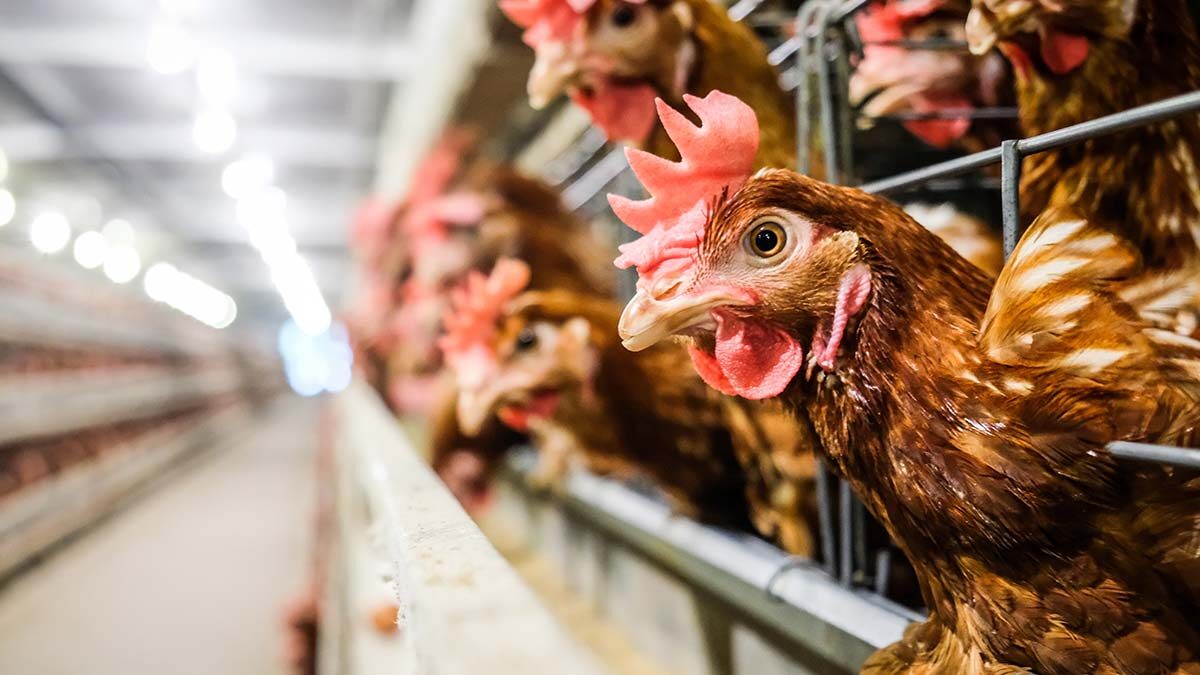Between 1940 and 1971, the synthetic estrogen DES was prescribed to several million pregnant women with the promise that it would “help prevent miscarriages.” Problems were first highlighted in 1953 when it became clear that DES was not only ineffective but potentially harmful. However, a powerful and emotive advertising campaign ensured that its use continued until 1971, when it was found to cause cancer of the vagina in the daughters of the mothers who took it. DES was also used to stunt the growth of girls who were predicted to grow “abnormally tall.” As one pediatric textbook put it in 1968, “excessive tallness in girls can be a handicap … it provides difficulty in the purchase of smart clothes; the victim is ineligible for certain sought-after professional positions such as air line hostess; and poses problems in selecting suitable dancing partners.”
What most people don’t know is that the greatest usage of DES was by the livestock industry, used to improve “feed conversion” in cattle and chickens. Within a year of approval, DES was fed to millions of farm animals. Although it was shown to be a human carcinogen in 1971, DES used in meat production was not completely banned until 1979. (Now, the meat industry just uses different synthetic estrogen implants.) Even decades after DES was banned, we’re still seeing its effects—an elevation of birth defects even down to the third generation.
Arsenic is another human carcinogen that was fed to chickens. This time by the billions. The arsenic not only ends up in the meat (as I’ve talked about previously in How Many Cancers Caused by Arsenic Laced Chicken?), but also in the feathers, which are fed back to the animals. Because a third of the bird is inedible, the industry takes billions of pounds of heads, bones, guts, and feathers and uses them as fertilizer and animal feed. This feather meal is fed back to chickens, pigs, cows, sheep, and fish. Straight feathers are not particularly nutritious; so guts, heads, and feet may be added for a little extra protein, and manure added for minerals. The problem is that feather meal used as animal feed could contribute to additional arsenic exposure in persons who consume meat. This gave researchers at John Hopkins University and Arizona State an idea. By testing feather meal, they might be able to find out what else chickens are fed. In their study, “Feather Meal: A Previously Unrecognized Route for Reentry into the Food Supply of Multiple Pharmaceuticals and Personal Care Products,” (highlighted in my video, Illegal Drugs in Chicken Feathers) they found that all feather samples tested positive for antibiotic type drugs (between two and ten different kinds in each sample), including fluoroquinolones, which have been banned for years. Either the poultry industry is illegally still using the stuff, or it’s being used in other animals fed to the chicken. Regardless, when feather meal is fed back to chickens, they are getting exposed to this drug that is against the law to feed to chickens, creating a cycle of re-exposure to banned drugs.
Then it just gets weirder. The feathers contained a half dozen other drugs: Prozac, an antihistamine, a fungicide, a sex hormone, and caffeine. Why doesn’t the poultry industry just say no? Evidently, the antihistamines are to combat the respiratory problems from packing so many tens of thousands into the confinement sheds, and the caffeine helps keeps the chickens stay awake so they eat more and grow faster.
The drugs fed to chickens are one reason used to explain why poultry has been tied to increased cancer risk. See Chicken Dioxins, Viruses, or Antibiotics?.
The most concerning drugs currently in the U.S. poultry supply are the antibiotics, though. See, for example:
- Lowering Dietary Antibiotic Intake
- More Antibiotics in White Meat or Dark Meat?
- Meat Mythcrushers
- Past the Age of Miracles: Facing a Post-Antibiotic Age
- Superbugs in Conventional vs. Organic Chicken
Ironically, not only may antibiotics in chicken contribute to antibiotic resistant infections, but to the infections in the first place. Check out my video Avoiding Chicken to Avoid Bladder Infections.
Then as if adding potentially harmful chemicals to the chickens themselves wasn’t bad enough, more are added in the processing plant: Phosphate Additives in Chicken.
In health,
Michael Greger, M.D.
PS: If you haven’t yet, you can subscribe to my free videos here and watch my live year-in-review presentations Uprooting the Leading Causes of Death, More Than an Apple a Day, From Table to Able, and Food as Medicine.
